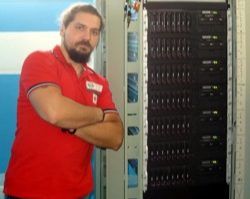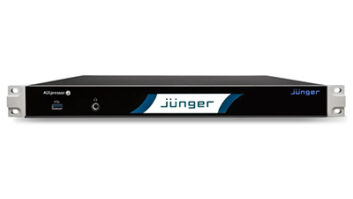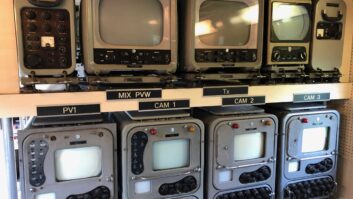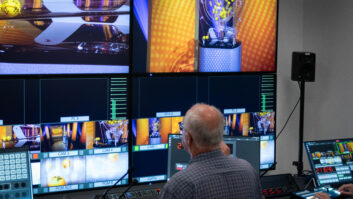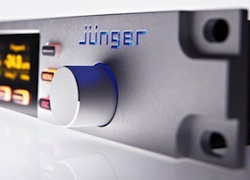
Jünger Audio is to significantly alter the way that it markets its audio processing technology, separating its hardware from its featureset so that it can provide customers with individually tailored products.
The new strategy will see the dynamics specialist’s hardware marketed as universal processing platforms while established brands such as T*AP, M*AP and V*AP are used to identify different application packages.
Explaining the move, Jünger Audio’s managing director Peter Pörs said: “There is now a trend among some of our customers to use products like the T*AP [Television Audio Processor] for applications such as radio or PA. [Our new strategy] acknowledges [this] and allows Jünger Audio’s highly recognised functionality packages previously known as T*AP and M*AP to live on in common hardware.”
“By using a universal processing platform, the new modularity of our product range will get as close as possible to each customer’s workflow,” he added.
In practice, the sales process will see customers choose their processor and specify the application area they want to address – be it radio, TV, production or post production – before Jünger Audio delivers the combined hardware and software package.
The hardware will be capable of handling transcoding and routing, as well as audio processing, and will offer various methods of control including through automation or third party equipment
Managing audio loudness with the non-destructive Level Magic algorithm will be one of the available features, along with 3G, HD and SD SDI embedded audio handling and high quality limiters, compressors, delays and equalisers.
The modular approach will also allow for specific coding hardware to decode, encode or transcode Dolby-E, Dolby-D (AC-3) and Dolby Digital plus (E-AC-3), as well as HE-AAC formats.
10.A49
